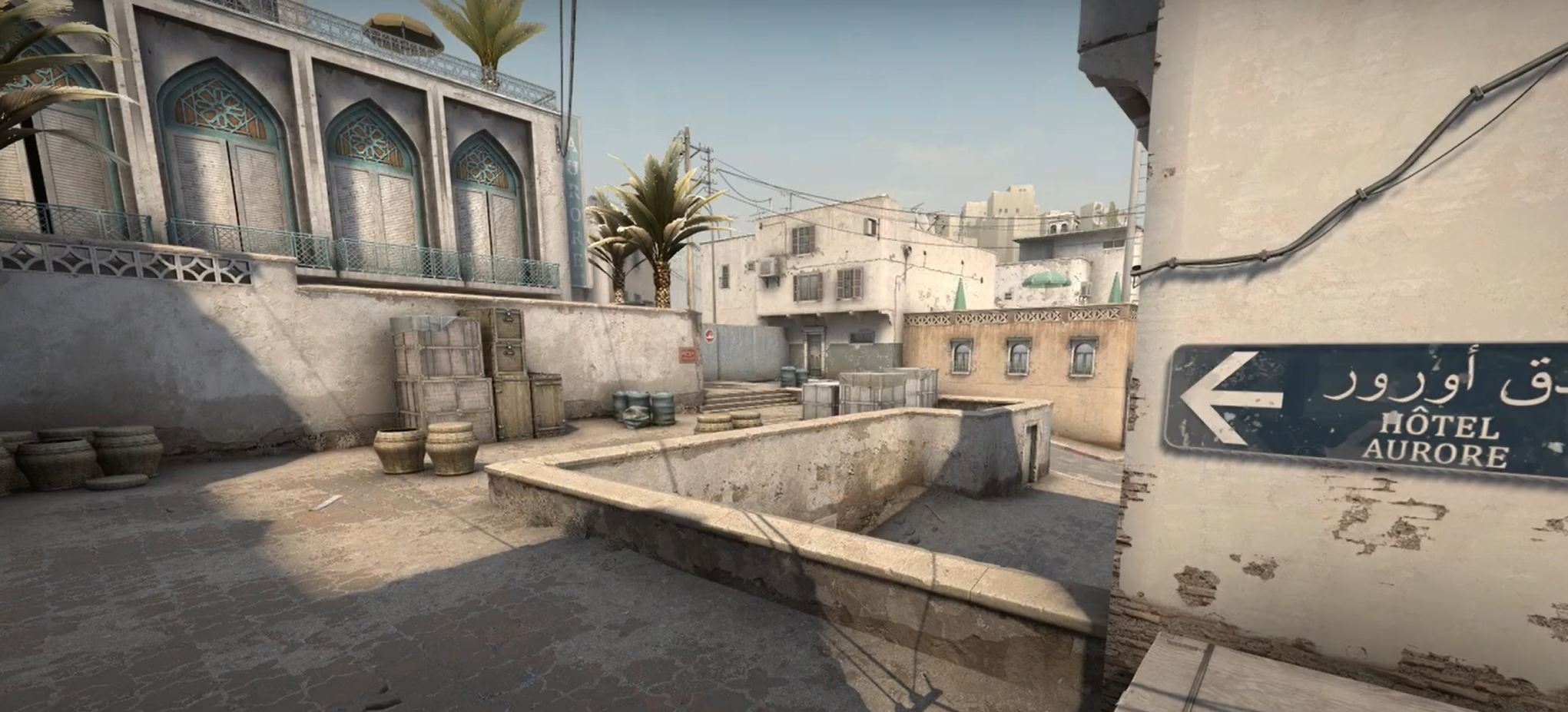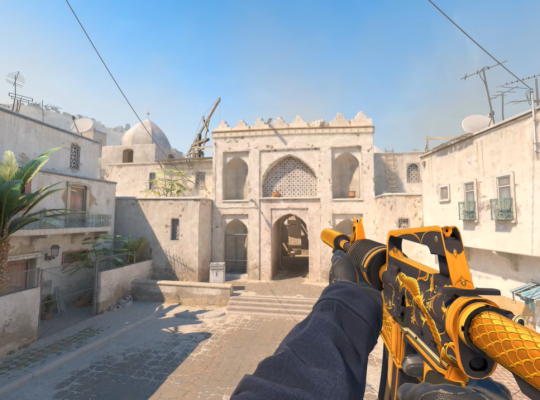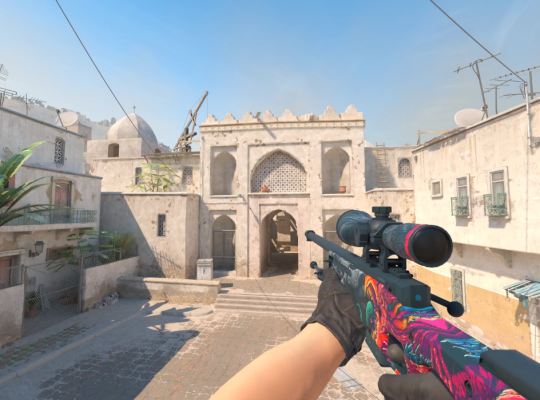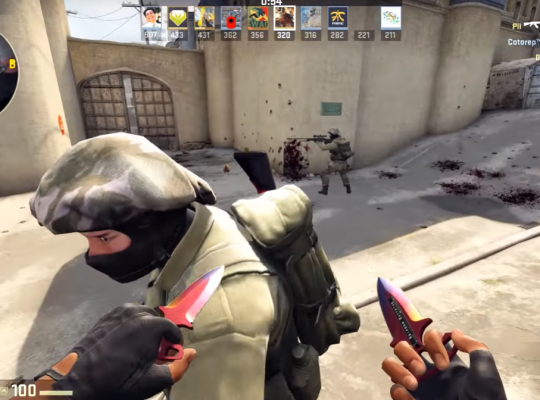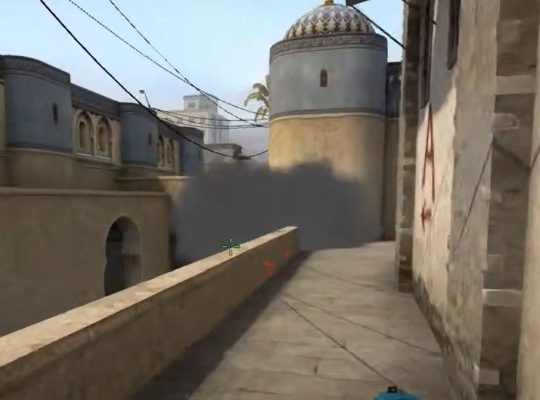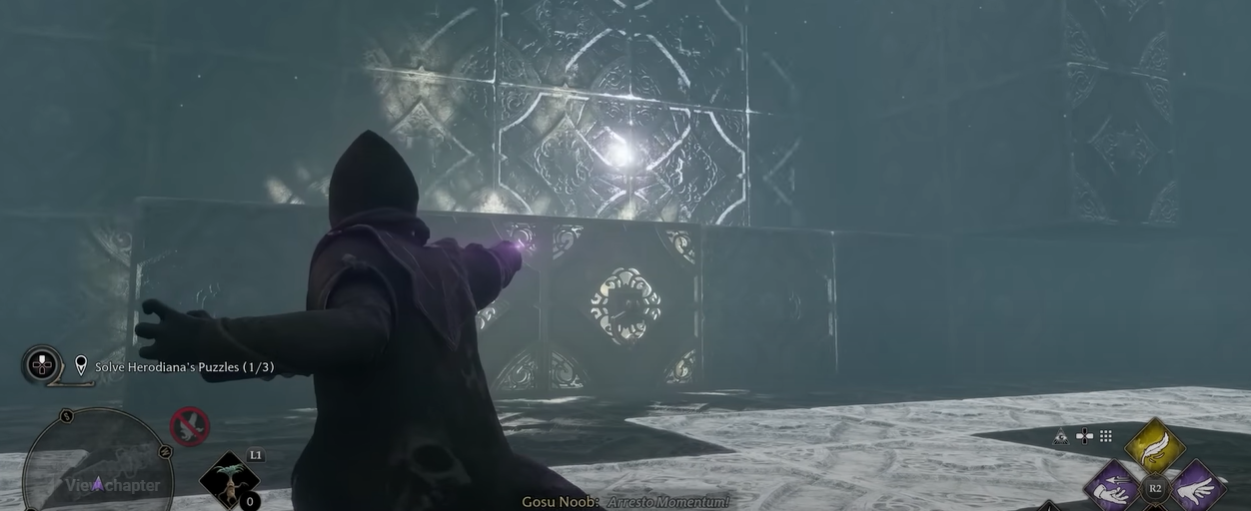This article aims to focus on Dust 2, one of the most popular maps in CS:GO, and explore the different callouts that players can use to communicate with their teammates. We will discuss the most commonly used callouts for Dust 2, including those for specific areas of the map, key landmarks, and strategic positions.
So, whether you are a new player looking to improve your communication skills or an experienced player looking to refine your callouts, this discussion will provide valuable insights into the world of CS:GO callouts on Dust 2.
Complete List Of Dust 2 Callouts
Callout Name | Callout Description |
A Short | A narrow walkway that connects the middle of the map to the A bombsite. It is a strategic location that is often used by the Terrorist team to rush towards A on eco or pistol rounds or as a way to flank the CTs by pincering the A site from A Long. The callout is essential for effective communication among team members and can help facilitate coordination during gameplay [1]. |
A Ramp | This is a sloped ramp that leads upwards from A Cross to the A bombsite. It is a crucial location for both Terrorist and Counter-Terrorist teams, as it provides access to the A site and can be used to gain an advantage over the opposing team. It is important to communicate effectively about A Ramp during gameplay, as it can be a key area for holding or taking the site. |
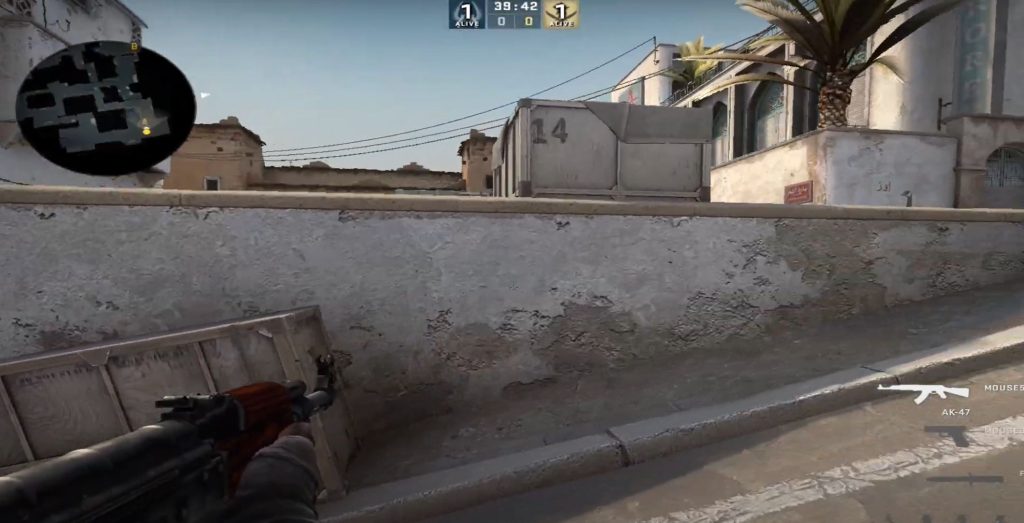
A Long | A narrow stretch of ground that connects Long Doors and Pit to the A bombsite. This area is one of the most important parts of the map, as it provides the most direct route to the A site. It is often heavily contested by both teams, and control of this area can be a deciding factor in the outcome of the round. Players should communicate effectively about A Long to ensure proper coordination and strategy during gameplay. |
A Car | A car that is located to the right side of A Long when approaching from Pit. This area is often used by CTs as a position to defend against A Long pushes or to watch for enemies approaching from A Short. Effective communication about A Car can help coordinate strategies and rotations during gameplay. |
A Cross | This is the open area that separates A Long from the A bombsite. It is a dangerous spot that is exposed to multiple angles, including CT Spawn, Short, and the A Site. Players should communicate effectively about A Cross to ensure proper coordination and strategy during gameplay, as this area can be used to either attack or defend the A bombsite. |
A Platform | The platform that the A bombsite is placed on. This area is a key location for both Terrorist and Counter-Terrorist teams, as it is the location where the bomb can be planted or defused. Efficient communication among players is crucial when it comes to A Platform, as it ensures proper coordination and strategic gameplay during Counter-Strike matches. |
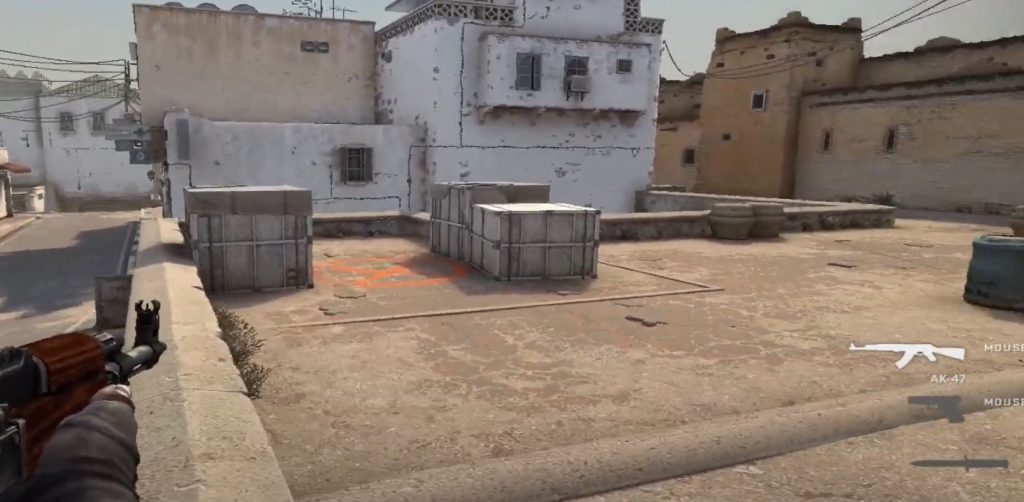
A Default Plant | The default planting location on A Site is situated at the edge of the elevated platform and is strategically placed as close as possible to A Long. This positioning is ideal for providing the best possible visibility from multiple angles. |
A Ninja | A hidden spot behind a stack of boxes on the A Short side of A that can be used to “Ninja defuse” by the CTs if the Ts all come from A Long and don’t clear the position. |
Barrels | A set of barrels located behind the A Site near the mesh fencing. This area can provide cover for players on the site or be used as a vantage point to watch for enemies. |
Goose | This callout refers to a closed-off area located behind A Site and Barrels that features a unique spray-painted image of a goose. |

Elevator | CT Spawn corner on A Platform is used to boost teammates onto the site during retakes. |
Short Boost | Dumpsters outside CT Spawn are used to boost CTs onto A Short faster. |
Catwalk | Catwalk is a raised walkway located on the side of Mid that allows access to A Short and A Site. Its definition starts at the top of Mid and extends towards Short Stairs, where it then transitions into A Short. This area is of great strategic importance during gameplay as it provides a direct path toward the bombsite and also serves as a vantage point for both defenders and attackers to scope out potential threats. |
Stairs | Stairs are the set of stairs that connect the Catwalk with A Short. This callout is often used to describe enemy movement and position when attacking or defending A Site. |
Long Doors | Long Doors is the area that defines the two sets of Double Doors that lead from Outside Long to A Long. This callout is commonly used to describe the movement of players between the two locations. |
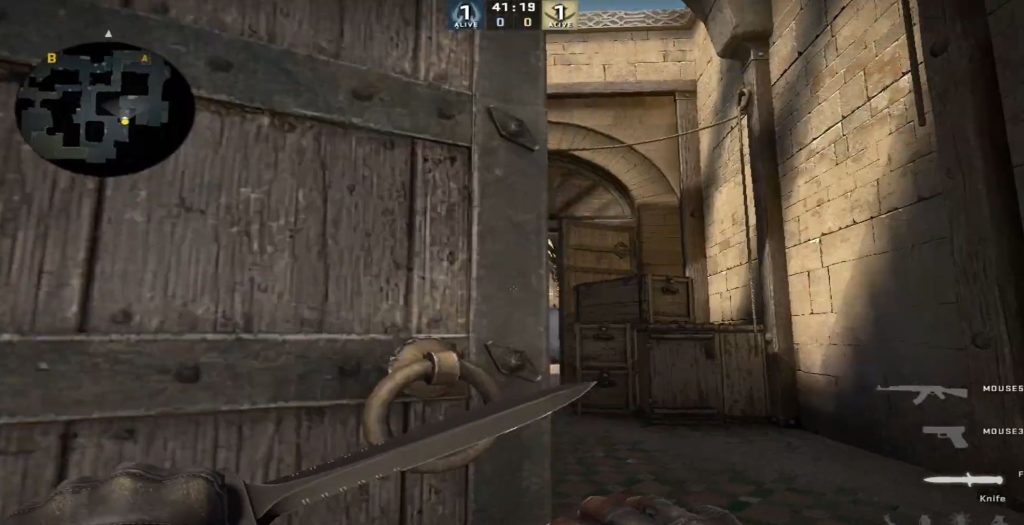
Pit | Pit is the sloped-down area that is outside of Long Doors and at the end of A Long. This location faces opposite the A Site but is in decline, so players can be in Pit but hidden from A Site. |
Long Corner | Long Corner is the corner of the closest building to Long Doors. This area is a common position for CTs to hold against pushes at A Long and is often used as a reference point when describing player positions. |
Pit Plat | Pit Plat is the platform to the right of Pit if you’re looking at it from the bottom of the pit. This location allows for some good sniping angles onto the A Site and is often used as a defensive position by CTs. |
Side Pit | Side Pit is the area of ground that is between Pit and A Long Doors. The differentiation between this area and Pit is when the ground starts to slope downwards and the small brick wall before the Pit area. This location is often used to describe player positions and movement on the A Site. |
Blue | Blue is the large, blue shipping crate that stands opposite A Long Doors. This callout is often used to describe player positions and enemy movement on the A Site. |

Related Posts:
CT Spawn | CT Spawn is the location where the Counter-Terrorist team spawn within. This area is typically used as a reference point when describing player positions and enemy movement toward the A Site. |
Mid Doors | Mid Doors are the double doors in Mid that separate the Terrorist and Counter-Terrorist sides. This callout is often used to describe player positions and movement around Mid. |
Scaffolding | Scaffolding is an elevated structure made of building materials that can be found on CT Mid, positioned just opposite B Window. Players often use the area to wait for attackers or protectors of B Site, as it offers an advantageous vantage point and some cover. The position is especially useful for snipers and players who want to surprise their opponents with an ambush from above. |
Palm | Palm is a callout for the location of a telephone mast situated at the beginning of Mid, on the side of Catwalk. While the name comes from a palm tree that used to be there, this spot has become known as Palm due to its distinctive feature. Players often use the area as a reference point or for setting up crossfires on enemies who may try to cross from T Spawn to Mid. |
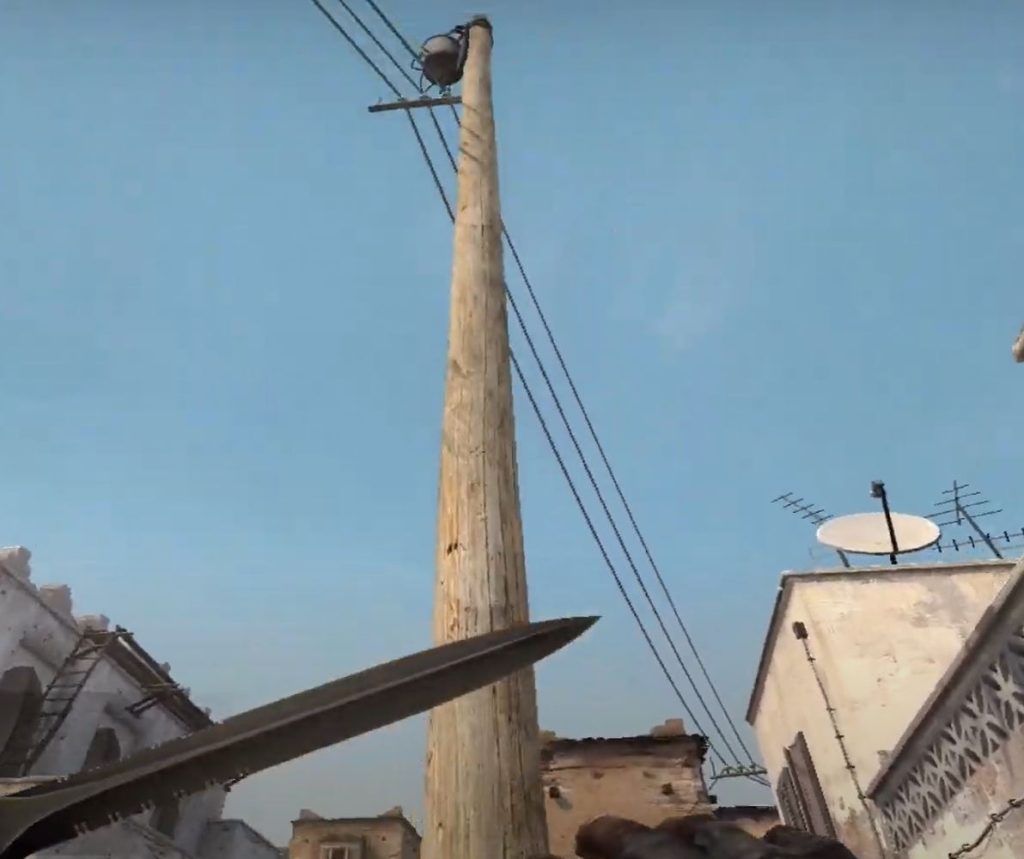
Suicide | Suicide is a dangerous pathway that leads from T Spawn to Mid. The route is dangerous as it is often watched by snipers positioned on the other side of Mid Doors, who can easily pick off unsuspecting players who attempt to cross. Despite the risk, the route can be a useful shortcut for players who want to get to Mid quickly or for terrorists who want to catch counter-terrorists off guard. It is important for players to communicate effectively when using this callout to ensure proper coordination and safety. |
You Might Want to Check Out: Best Grenade Spots in Dust 2
Wrapping Up
Learning and utilizing callouts can definitely improve your gameplay in CS:GO. By using callouts, you can communicate effectively with your team, which can help with coordination and strategy. It can also help you to be more aware of your surroundings, allowing you to make better decisions and react more quickly to situations. Overall, using callouts can contribute to better team play and increase your chances of winning matches.

